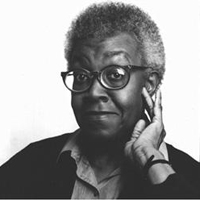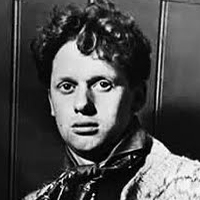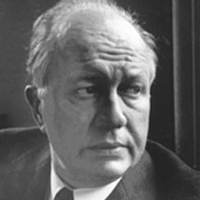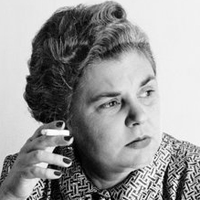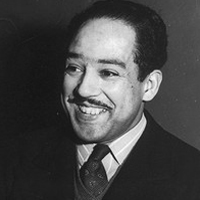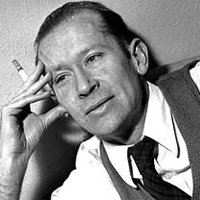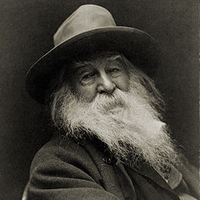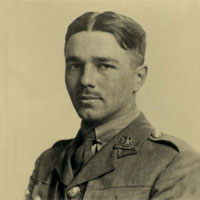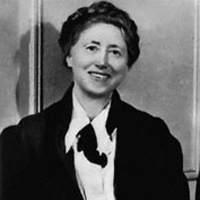The Bean Eaters by Gwendolyn Brooks: Summary and Analysis
Gwendolyn Brooks is a renowned Black female poet who penned this short poem called The Bean Eaters in 1960. She has successfully created the picture of a couple who are socially isolated and in a dire economic condition. She has used jazz rhythm in this poem and breaks the traditional syntax of so called white discipline, morality and goodness.
